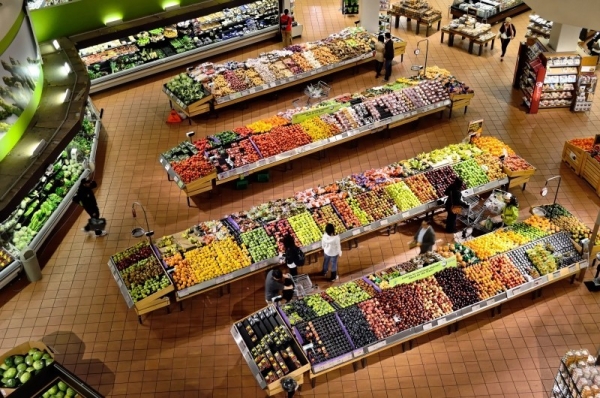
Despite reports that the future of food shopping will be online, a surprisingly large number of consumers prefer to shop at their local, independent supermarket.
According to Nielsen and Harris Poll research contained in the third-annual National Grocery Shoppers Survey, conducted on behalf of the National Grocers Association (NGA), 64 percent of today’s shoppers are very/extremely satisfied with their local supermarket, and 80 percent prefer their local store to an online alternative.
The reasons respondents cited included friendly employees, quality meat and produce and an easy-to-navigate layout.
No doubt, the supermarket industry is rapidly changing, either because of the growth of e-commerce or the explosion of new formats, along with shifting consumer trends. “But independent grocers are nimble enough to quickly overcome obstacles and with strong ties to their communities, they know what consumers want and need,” said Peter Larkin, president and CEO of the NGA.
“In today’s omni-channel retail environment, independent grocers maintain a unique and strong connection with their shoppers,” said Jeanne Danubio, executive vice president of Retail Lead Markets at Nielsen. “Complementing the findings of this year’s survey, Nielsen’s new independent buyer group panel data shows that a loyal independent grocery shopper spends more than 40 percent more in grocery than the average shopper. It will be critical for independent grocers to maintain the quality and personal connections that keep these valuable consumers coming back to the independent store.”
Online shoppers also shop at grocery stores, with the majority (68 percent) of purchases done there. Convenience is the main reason for shopping online, they said, while concerns about freshness motivate consumers to go to the store.
Also, 76 percent of the shoppers surveyed who purchased groceries online also used food delivery compared to 39 percent who have used the “click-and-collect” system.
The most common food purchased online is packaged foods (14 percent), followed by general merchandise/health and beauty care (10 percent) and cleaning products (10 percent).
.
By Lauren R. Hartman











